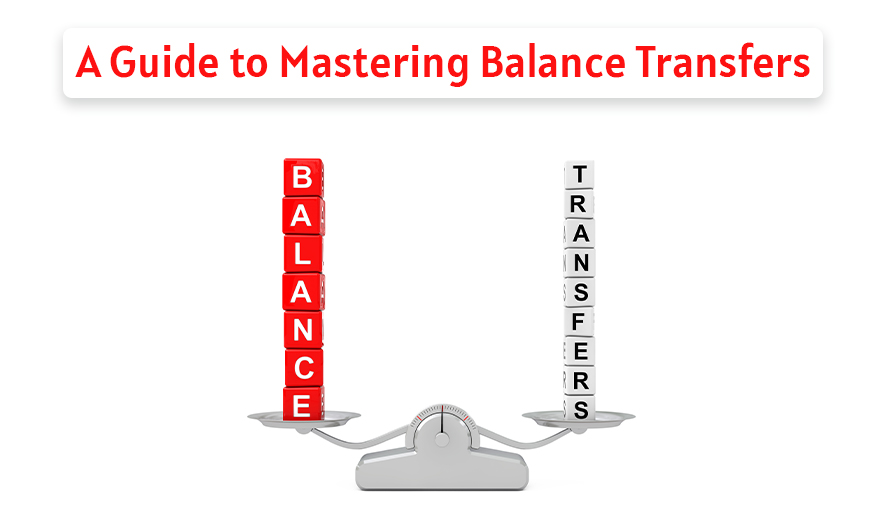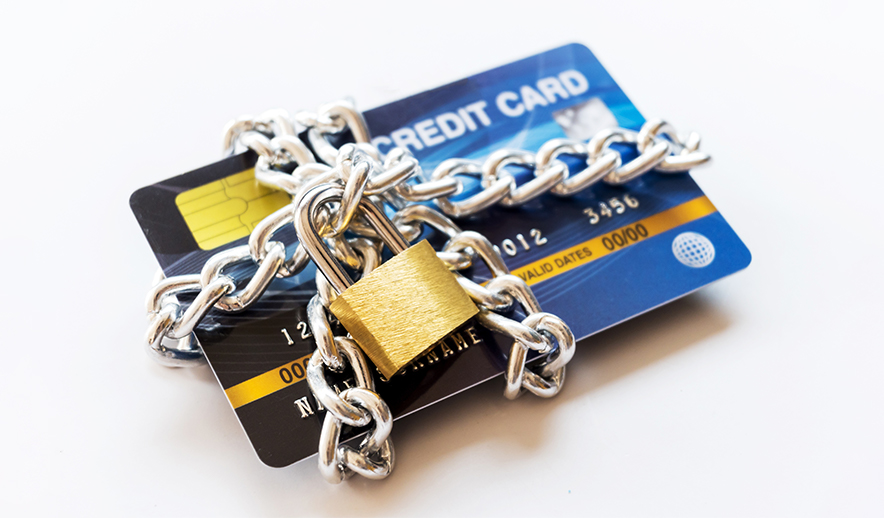Contact your Credit Card Issuer: Immediately call the customer service number provided by your credit card issuer. Report the suspected compromise and provide them with details of any unauthorized transactions or suspicious activity. Follow their instructions on how to proceed.
Freeze or Cancel the Card: Depending on the severity of the compromise, you may need to freeze or cancel your credit card. Freezing the card temporarily suspends its use, while canceling permanently disables it. Your credit card issuer will guide you on the appropriate action based on the situation.
Review Account Statements: Thoroughly review your credit card statements for any unauthorized transactions or charges. Note the date, amount, and merchant name of each suspicious transaction. This information will be useful when reporting the unauthorized charges to your credit card issuer.
Dispute Unauthorized Charges: Inform your credit card issuer about any unauthorized charges you find on your account. They will guide you through the process of disputing these charges and help initiate an investigation. It is important to do this as soon as possible to protect your rights as a cardholder.
Change Passwords/PINs: If you suspect that your credit card information, including passwords or PINs, may have been compromised, change them immediately. Choose strong, unique passwords and PINs for enhanced security.
Monitor Credit Reports: Regularly monitor your credit reports from credit reporting agencies to check for any suspicious activity or accounts opened in your name without your knowledge. Report any discrepancies to the respective credit reporting agency.
Update Automatic Payments: If you had any recurring payments or automatic bill payments set up with the compromised credit card, make sure to update them with your new card details or alternative payment methods.
Stay Vigilant: Continue monitoring your credit card statements, bank accounts, and credit reports for any unusual activity. Be cautious of phishing attempts and avoid sharing sensitive information unless you are certain about the legitimacy of the request.
Report to Law Enforcement: If you believe your credit card information was compromised as part of a larger data breach or if you suspect fraud, you may want to file a police report. Provide them with all relevant information and documentation to aid in their investigation.
Remember, each credit card issuer may have specific procedures and guidelines for handling compromised cards, so it’s crucial to follow their instructions and cooperate with them throughout the process. Acting promptly can help minimize potential financial losses and protect your credit standing.
Here are the contact numbers for reporting credit card fraud to some of the major banks in the UAE. Please note that these numbers are accurate as of my knowledge cutoff in September 2021, and it’s always a good idea to verify them with the respective banks for the most up-to-date information:
| Banks | Within UAE | Calling from Outside UAE |
| ADCB | 600 50 2030 | 97126210090 |
| FAB | 600 52 5500 | |
| ADIB | 600543216 / 800200( Priority Banking)/whatsapp +971 600 543216 | |
| ENBD | 600540000 | |
| Citibank | 971 4 311 4272/ 971 4 311 4653 (Citigold) | |
| Mashreq | 800-2278 | 971 4 4246620 |
| Rakbank | 9714 2130000 | 9717 2064444 |
| SCB | 600 5222 88 | 971 600 5222 88 |
| HSBC | 600 55 4722 | 97142288007 |
| DIB | 971 4 609 2222 | |
| EI | 600 599 995 | 971600599995 |
These are just a few examples of banks in the UAE, and other banks may have different contact numbers. If your bank is not listed here, we recommend visiting the official website of your specific bank or contacting their customer service helpline to obtain the accurate and up-to-date contact numbers for reporting credit card fraud.










